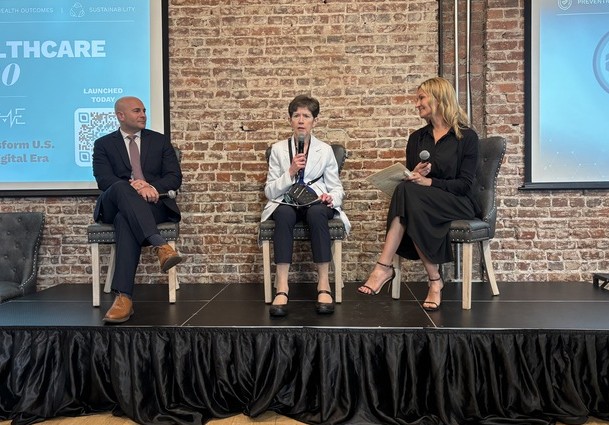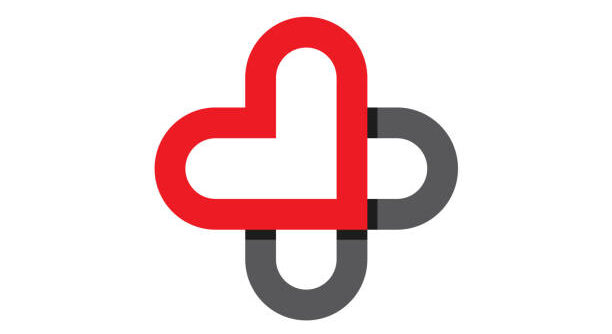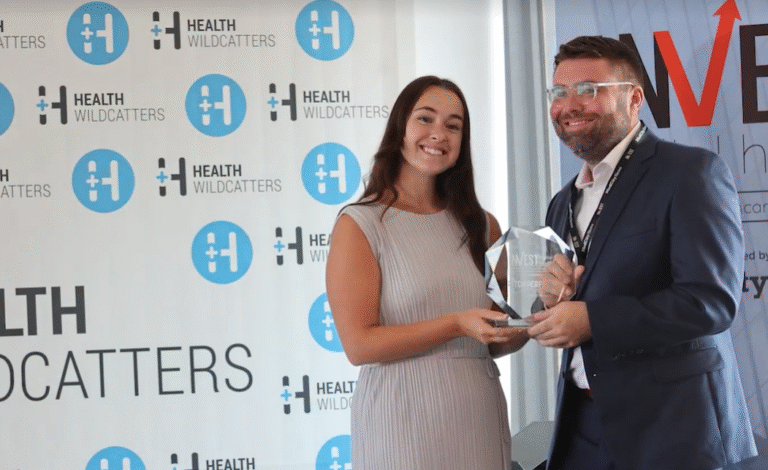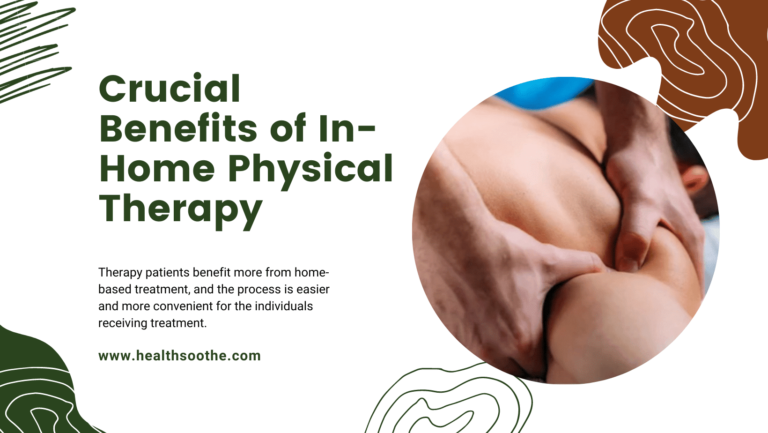
Building a better healthcare system isn’t just about adopting the latest technology — it’s about redesigning processes, policies and patient experiences.
Leaders from the Department of Veterans Affairs and the Office of the National Coordinator for Health Information Technology (ONC) talked about what this looks like at their organizations during a Monday panel at the Digital Medicine Society’s Healthcare 2030 Summit in Washington, D.C.
The VA has offered telehealth-based care since 2006, but it has significantly scaled these programs — such as tele-rehabilitation, tele-ICU and tele-oncology — since the pandemic, said Carolyn Clancy, the department’s under secretary for health.
The expansion of these programs was spurred by the pandemic, during which clinicians devised creative solutions when in-person care wasn’t possible, she explained.
For example, she recalled when acupuncture sessions shifted online during the pandemic. A VA physician quickly pivoted to holding virtual appointments teaching veterans “acu-touch” techniques they could use at home to relieve pain.
This shows that innovation involves more than just technology, Clancy noted. It’s about changing care delivery methods to meet patients where they are.
This is especially important for rural patients, she added.
“Depending on which source I’m looking at, either a quarter or a third of our veterans live in rural areas. I’m not talking about lovely exurbs — I mean seriously rural. And unlike most systems, we don’t have the luxury [of choosing our market.] We have to provide care to all veterans — we can’t say ‘that’s not a good market to be in,’” Clancy stated.
To better care for these patients, the VA has invested in better broadband access and provided telehealth pods in community locations like VFW halls. This has saved thousands of veterans from driving hours to seek care, she pointed out.
The department has also struck partnerships with community groups like volunteer fire departments to help veterans learn to use telehealth technology. This step is key because access is not only about connectivity, but also ease of use, especially for older veterans or those with sensory impairments, Clancy noted.
While the VA is scaling innovations on the ground, the ONC is creating policy and technical infrastructure aimed at making health data flow more efficiently. Steve Posnack, principal deputy national coordinator, explained that over the past decade, the office has pushed for standards-based APIs and frameworks like FHIR to make patient records more accessible.
Beyond improved data movement, Posnack also highlighted the need to make data more actionable and easier to glean insights from.
“First, it’s about getting us, as individuals, access to our information and our entire record. And that’s scattered still, so we have a lot of work to do in that space. The second is to help our overworked clinicians across the entire spectrum — nurses, docs, et cetera — to have better tools that can help synthesize all of the data that we’re shooting at them in different ways,” he remarked.
Ultimately, Posnack said that the ONC’s work complements the VA’s on-the-ground innovations. The federal division is trying to ensure that when new tools and care models are developed, they can connect across systems and support clinicians, he stated.





